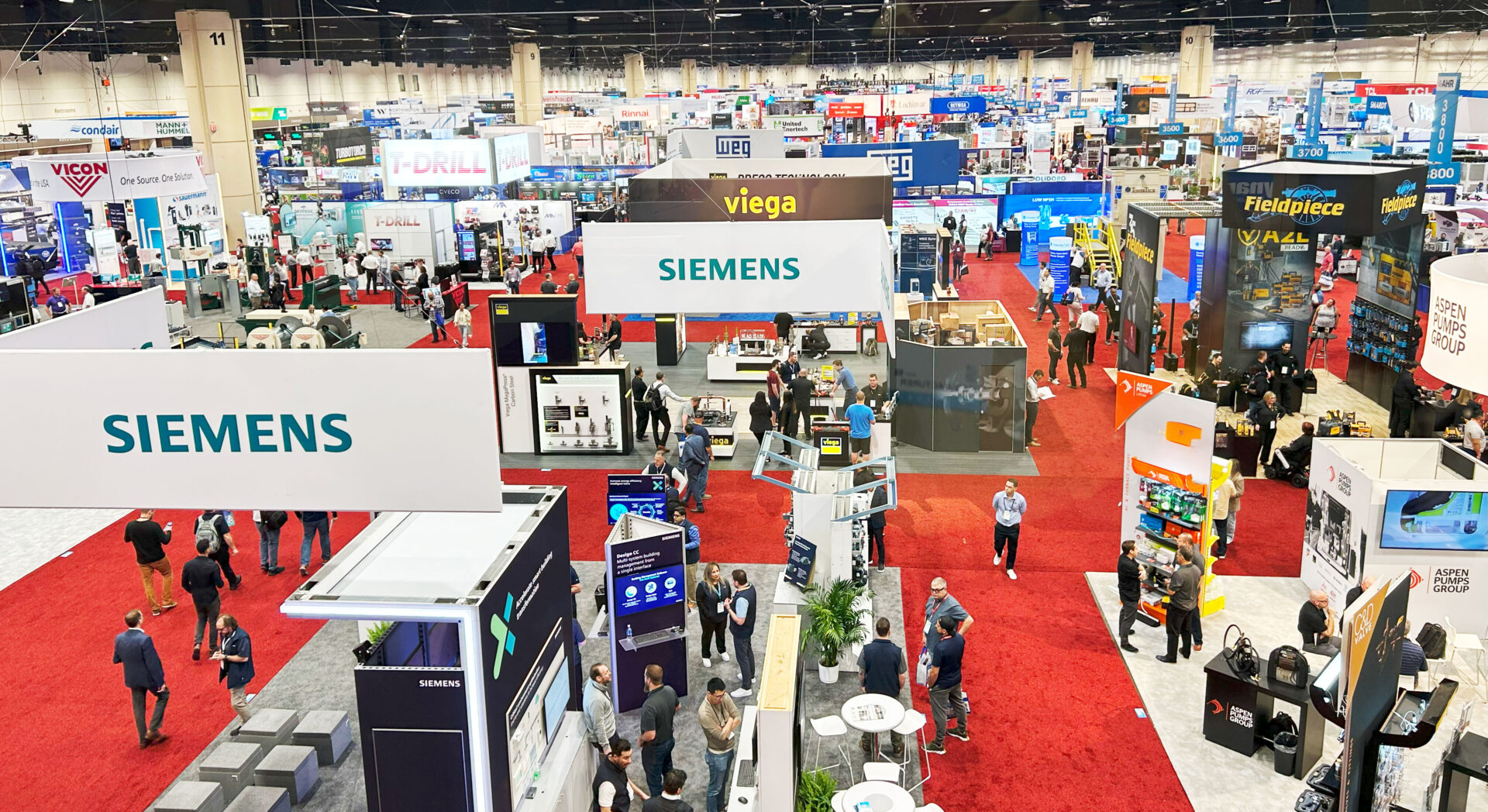
Using Data and Design to Create Effective Workplaces
R-Zero recently hosted a virtual fireside chat with One Workplace executives Dave Bryant and Chris Park to discuss the role of data and design in creating more intentional and effective spaces.
Through our partnership with One Workplace, R-Zero helps organizations adopt technology solutions that improve the utilization, well-being, and sustainability of their buildings, workplaces, and other modern spaces.
Here are the top takeaways from our conversation.
You can also watch the full webinar here.
Data is essential to creating effective workplaces, but data deluge inhibits action
Data plays a crucial role in the design of effective buildings and spaces. But many businesses that collect workplace data are often overwhelmed by the troves of data they collect and struggle to translate those measurements into actionable insights. To combat this challenge, companies are looking for partners that can help them organize, interpret, and develop scalable strategies to action on their data.
“I think there’s a hunger for data translation and analysis and making that translate into something that impacts real people, how they work, and their experience at work,” said Dave Bryant.
“There’s been a lot of attention around engaging the customer base around what their data dashboard should look like and how the data is presented,” said Chris Park. “Once you get through the initial tutorial… you’ll be able to then understand all of the aggregate information, how to interpret it in the long term, and… train users to acclimate to said intelligence layer moving forward.”
Creating the right workplace environment for a meaningful employee experience
While some may argue otherwise, offices are still relevant in the wake of remote and hybrid work. The challenge for businesses now lies in creating the right environment for different types of workflows and in identifying the employees who will be relying on those environments to complete their work. The defining factor for whether a workspace is effective should be based on whether the space is successful in creating meaningful employee engagement, productivity, and collaboration.
“A lot of customers are asking… how do we create the right environments for the right type of work and then identify the people doing that work to make sure that we’re driving efficiency,” said Dave Bryant. “I think this idea that the office is just not as relevant as it used to be is just different… it’s going to force us to have to think more creatively and more critically.”
Technology can optimize space and workplace efficiency
Technology is helping businesses optimize the efficiency of their workplaces and their employees, with many businesses incorporating software across their space planning and management strategies. For example, space utilization insights have brought attention to the need for more easily adaptable and modern design elements, such as phone booths and collaborative spaces to match the varying needs of employees on days when everyone is in the office. Implementing these types of data-driven changes has helped organizations convert spaces that are underutilized into ones that are more effective.
Improve buildings and workplaces for people, energy, and sustainability with R-Zero
Whether you are looking to right-size your office space, optimize for energy efficiency, or measure the performance of your space, R-Zero can provide the data solutions you need. Contact us today to start the conversation.
More posts you might like
-

3 Key Takeaways from AHR Expo 2025: What’s Shaping the Future of HVAC
The 2025 AHR Expo brought together HVAC industry leaders, innovators, and professionals to showcase the latest advancements in heating, ventilation, and air conditioning. Here are the key insights that stood out from our team on the ground. 1. Smart Technology is Enhancing, Not Replacing, Traditional HVAC A significant shift observed at this year’s expo is […]
-

Webinar Recap: Redefining Energy Efficiency
As commercial energy costs continue to rise, building operators are looking for faster, cost-effective solutions to reduce waste and improve efficiency. Heating, Ventilation, and Air Conditioning (HVAC) systems account for nearly 60-70% of total building energy consumption, making them one of the largest opportunities for savings. However, traditional HVAC systems often operate on outdated schedules, […]
-

Wildfire Smoke: Understanding the Impact on Indoor Air Quality
As we face yet another intense wildfire season, with significant events already impacting regions across the country, the challenges to air quality, both outdoors and indoors, are more pressing than ever. Wildfires contribute up to 50% of “ultrafine” particles in the air; tiny pollutants that can travel hundreds of miles and infiltrate indoor spaces, affecting […]

